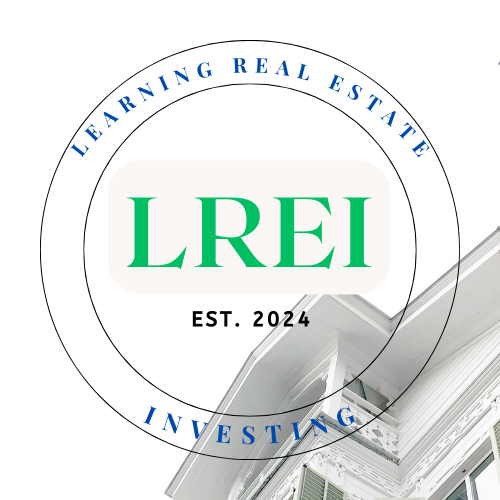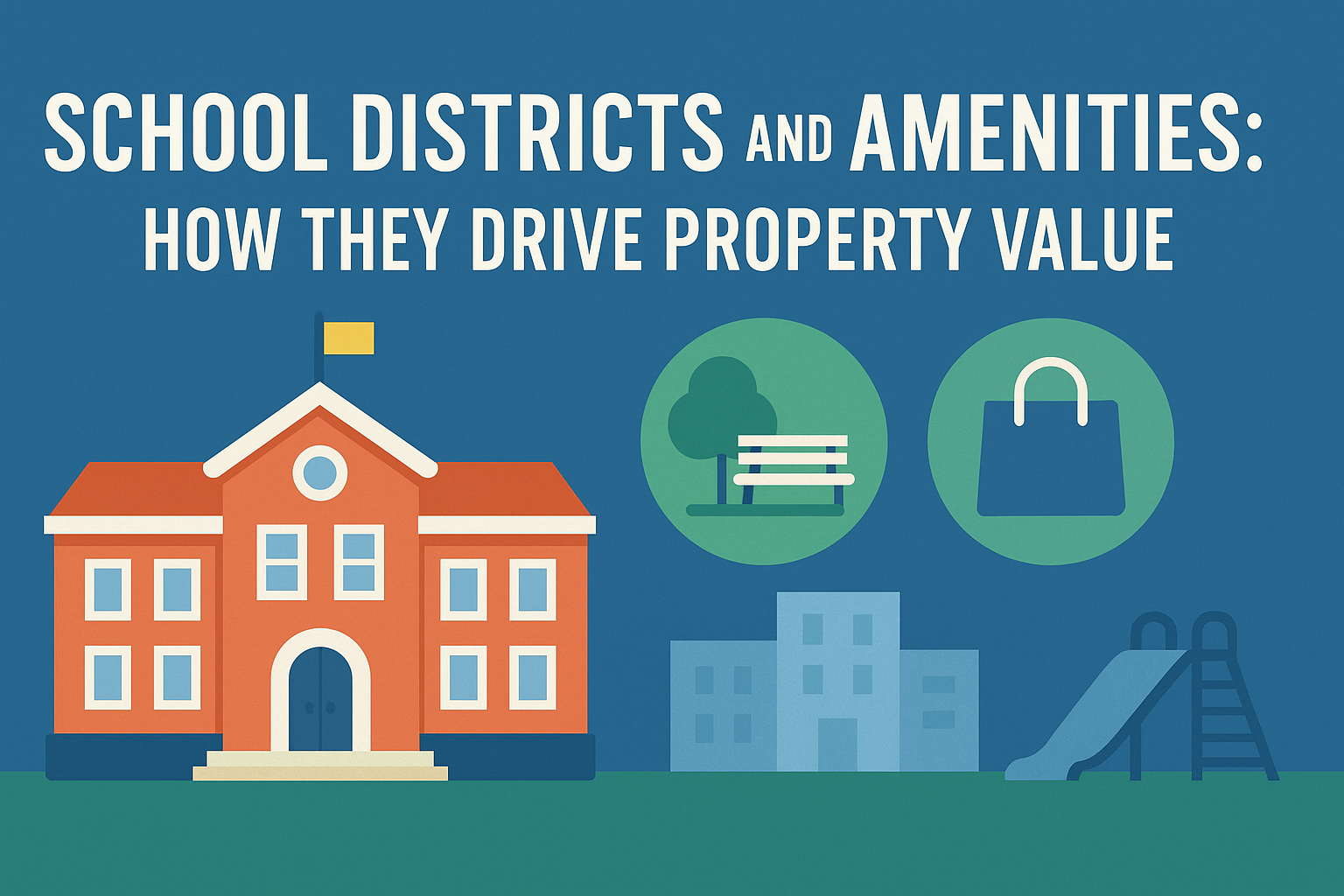School Districts and Amenities: How They Drive Property Value
The two most underestimated value drivers in real estate are often the ones buyers care about most: schools and lifestyle perks.
Real estate investors often focus on purchase price, rental comps, and financing—but overlook two of the most powerful value drivers: school districts and amenities. These “soft” factors can account for 20–40% differences in resale price and rental demand, yet many investors fail to fully analyze them before buying.
Want my complete framework for analyzing schools and amenities?
The Power of School Districts
School quality is one of the strongest predictors of neighborhood desirability. Families will pay a premium—sometimes 20–30% more—for a home located within a top-rated school district. Even renters without children recognize that school zones protect property values, making these areas safer bets long-term.
Consider this: In Dallas, two nearly identical homes just one block apart can differ by $80,000 in price simply because of the school boundary. In California, properties zoned to award-winning districts often sell in days while comparable homes outside those boundaries sit for weeks.
Why Schools Matter for Investors
- Resale value: Homes in top districts attract stronger offers and hold value in downturns.
- Rental demand: Families prioritize rentals in good school zones, reducing vacancy risk.
- Tenant quality: Parents seeking stable schooling are more likely to be long-term renters.
Amenity-Driven Value
While schools anchor long-term stability, amenities provide lifestyle appeal that drives day-to-day demand. Today’s buyers and renters want more than square footage—they want convenience and experience.
- Parks & green space: Families, retirees, and pet owners alike value outdoor access.
- Transit access: Proximity to train stations, bus lines, or major highways increases demand.
- Shopping & dining: Walkable access to shops and restaurants boosts desirability.
- Health & fitness: Gyms, yoga studios, bike paths, and medical centers add everyday value.
- Future development: Announced retail centers, stadiums, or tech campuses often create massive appreciation waves.
Case Studies: How These Drivers Play Out
Case 1: Charlotte, NC – Two homes built the same year, with the same square footage. The one near a top-ranked high school sold for $70,000 more than the other, despite being just 10 minutes away.
Case 2: Phoenix, AZ – Investors who bought near a newly announced light-rail expansion saw appreciation rates double the city average within 3 years.
Case 3: Chicago, IL – An investor who purchased in a neighborhood with limited amenities but strong schools still enjoyed steady rent demand, proving schools can offset a lack of lifestyle perks.
How Investors Can Use This Knowledge
- Check school ratings: Use GreatSchools.org, Niche.com, or local district data to assess quality.
- Track city projects: Review city planning websites to spot future amenity developments.
- Tour the area: Walk the neighborhood to see which amenities are already established.
- Run comps carefully: Compare properties across school zones and near amenities to gauge true value.
For a deeper breakdown of these strategies, download my free guide.
Risks of Ignoring These Factors
Investors who overlook schools and amenities often end up with underperforming properties. Risks include:
- Slower appreciation in “weaker” school zones.
- Higher tenant turnover in areas lacking amenities.
- Difficulty reselling in markets where lifestyle perks drive demand.
- Overpaying for properties with little long-term upside.
Action Steps for Smart Investors
- Identify target school districts before narrowing your property search.
- Analyze both current and planned amenities within a 1–3 mile radius.
- Factor in tenant demographics—families prioritize schools, young professionals prioritize lifestyle.
- Balance both drivers: aim for properties that score high in schools and amenities.
Investor Tip: Use my free guide to learn exactly how to evaluate these factors before your next purchase.
Conclusion
School districts and amenities aren’t “soft” factors—they’re powerful value drivers. Properties in strong districts with attractive amenities consistently outperform those that lack these features. By researching schools, tracking development projects, and marketing lifestyle perks effectively, investors can dramatically increase their returns.
In 2025 and beyond, the investors who win will be those who understand that value isn’t just about the building—it’s about the community around it.


Leave a Reply